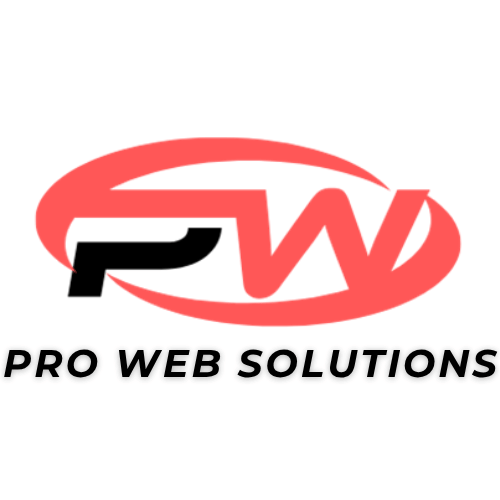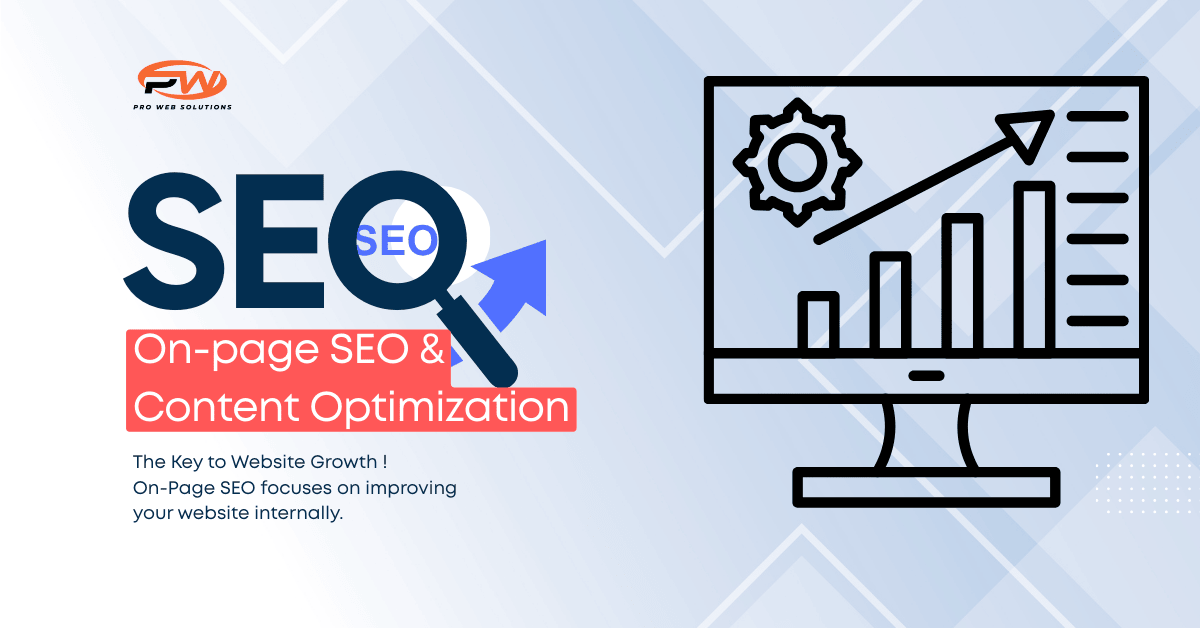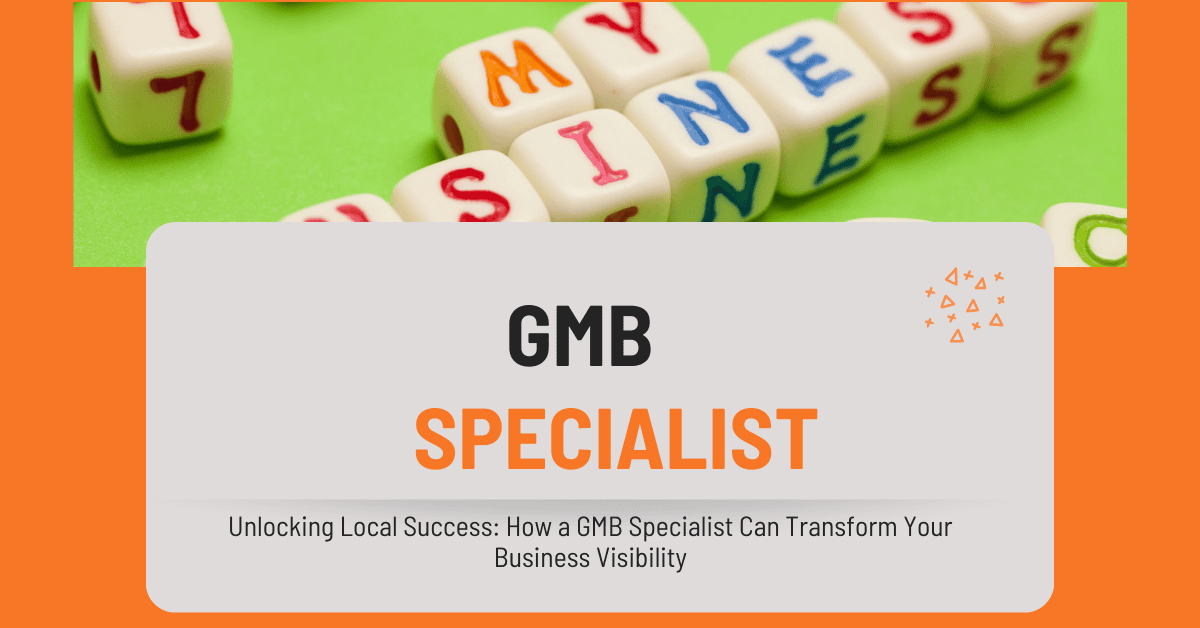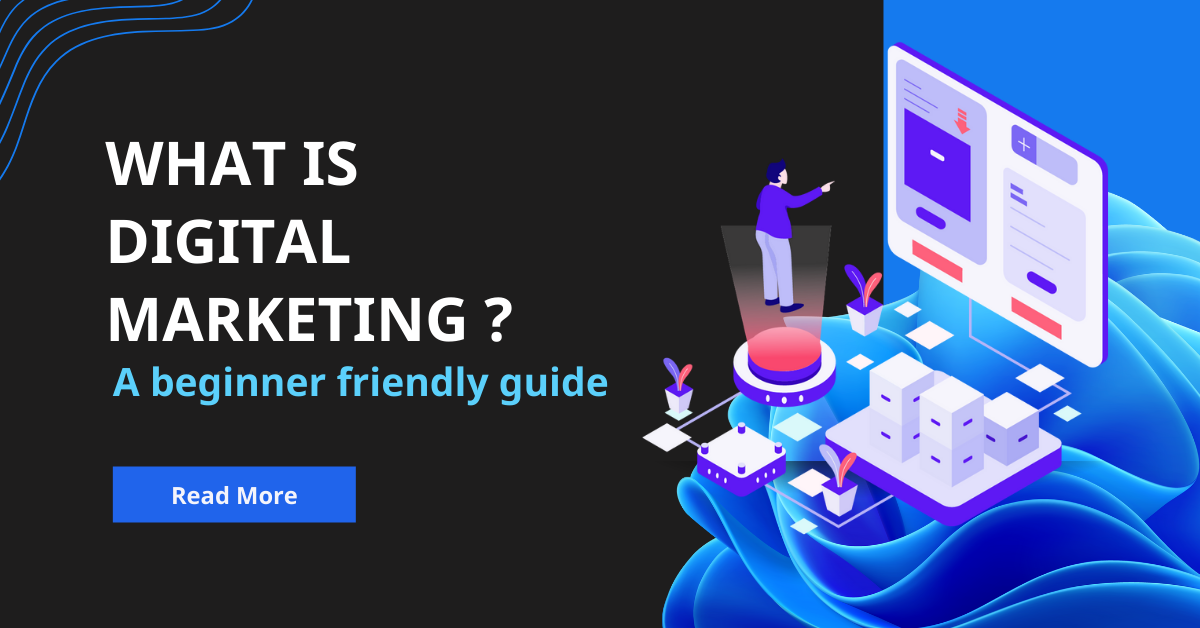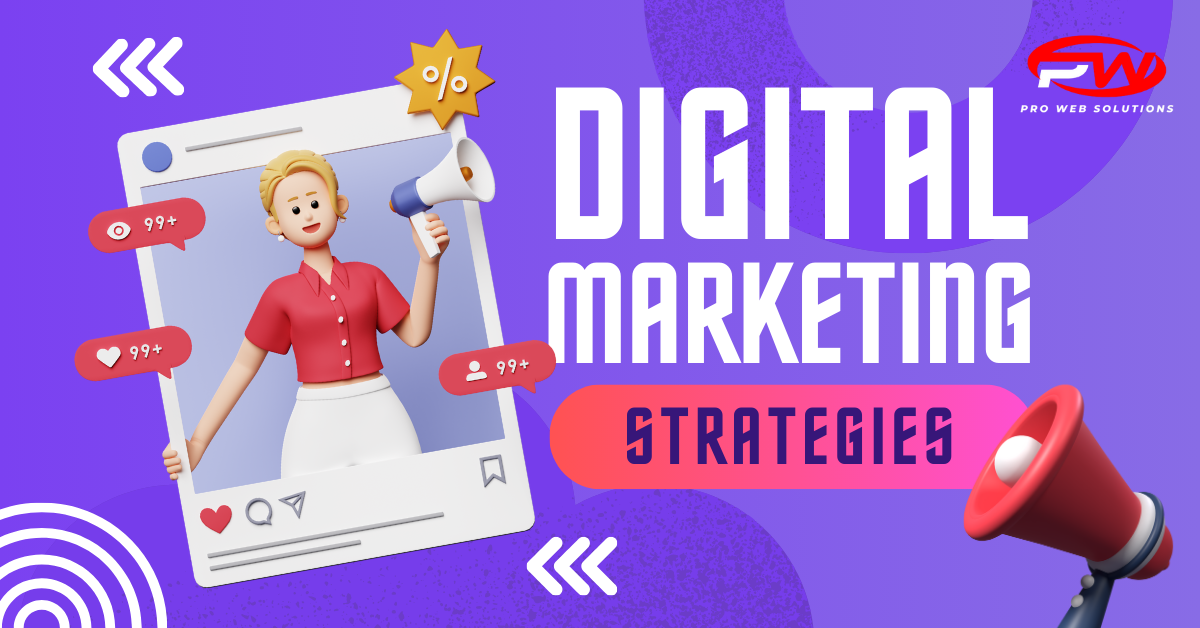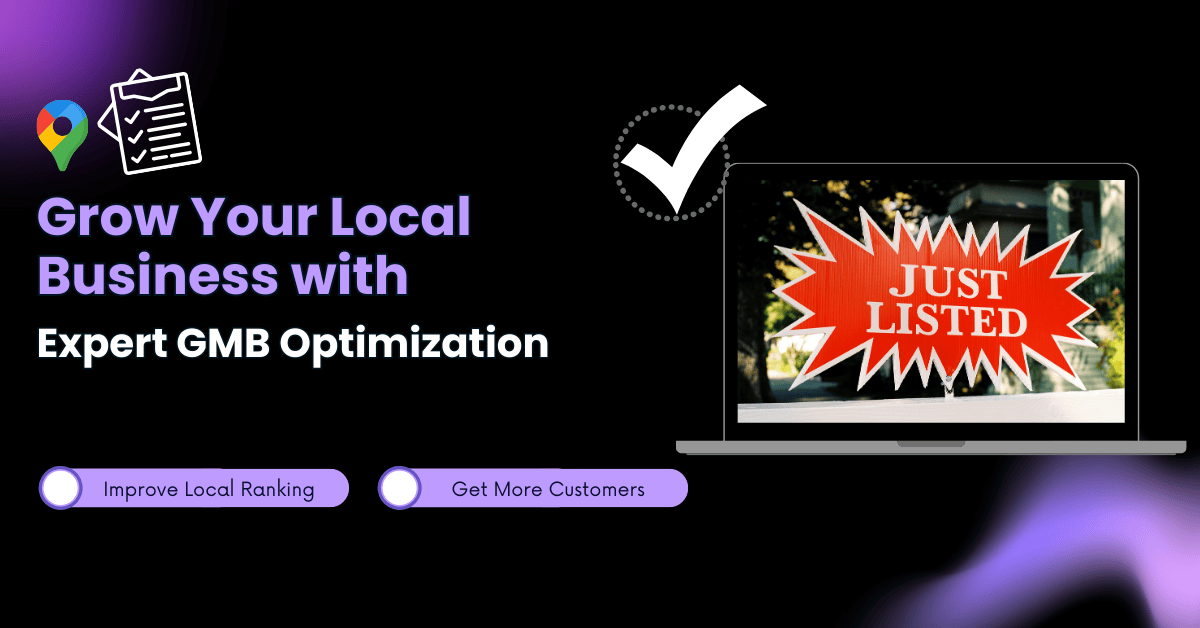Introduction: Why Website Design Matters for Your Business
In today’s digital-first world, your website is more than just a digital presence—it’s the face of your business. Whether you’re a startup, a local service provider, or an established brand, your website can either attract and convert visitors or turn them away. A well-designed website is not only visually appealing but also user-friendly, fast, and aligned with your brand and goals.
So, how do you choose the right website design for your business? This guide will help you understand key elements, mistakes to avoid, and best practices to ensure your design works for you—not against you.
Table of Contents
1. Understand Your Business Goals
Before diving into layouts and colors, first define your goals:
- Do you want to generate leads?
- Sell products online?
- Showcase your portfolio?
- Build brand awareness?
👉 Each goal demands a different design approach. For example:
- A lead generation site should focus on CTAs and forms.
- An e-commerce site must have fast-loading product pages and secure checkouts.
- A portfolio site should emphasize visual layout and testimonials.
Knowing your goals helps in choosing the right layout, features, and user flow.
2. Know Your Target Audience
Your website should speak directly to the audience you’re trying to reach.
- If your audience is young and tech-savvy, use modern, bold, and interactive elements.
- For a corporate or older audience, focus on simplicity, professionalism, and readability.
Also consider:
- What devices do they use most?
- Are they visually driven or text-oriented?
- Do they prefer fast navigation or want to browse detailed content?
Creating a user persona helps in choosing the right design features.
3. Prioritize Mobile-Responsive Design
With over 70% of users browsing on mobile devices, a mobile-friendly design is no longer optional—it’s mandatory. Google also ranks mobile-friendly websites higher.
Choose a responsive design that:
- Automatically adjusts to screen size
- Keeps buttons easy to click
- Loads quickly on all devices
- Keeps fonts and images readable without zoom
💡 Tip: Always test your design on various screen sizes before finalizing.
4. Focus on Simplicity and Navigation
Simple designs perform better—they reduce distractions and improve user experience.
Key features:
- Clean layout with clear content hierarchy
- Easy-to-use navigation menu (preferably sticky)
- Visible CTA buttons (e.g., “Contact Us,” “Buy Now”)
- No clutter—use white space wisely
Don’t try to impress with over-the-top visuals if they slow down your site or confuse visitors.
5. Align the Design with Your Brand Identity
Your website should reflect your brand. Colors, fonts, icons, tone of content—everything must match your business personality.
- A law firm may go for classic fonts and navy-blue colors.
- A fashion boutique might use pastel shades, elegant fonts, and high-quality imagery.
Make sure your design:
- Matches your logo and branding
- Uses consistent visuals and language
- Creates emotional connection with your audience
6. Don’t Forget Speed and Performance
Speed is a silent killer of good design. A beautiful website that loads slowly will drive users away.
📉 According to Google, 53% of mobile users abandon a website that takes longer than 3 seconds to load.
Tips:
- Compress images without losing quality
- Use a fast hosting provider
- Minimize code and remove unused plugins
- Use caching and CDN services
7. SEO-Friendly Structure is a Must
Good website design goes hand in hand with search engine optimization (SEO). Make sure:
- You use proper heading tags (H1, H2, H3)
- The design allows for adding alt tags to images
- URLs are clean and readable
- The site is indexable by search engines
- Internal linking is easy to implement
Remember: a website that looks great but can’t be found on Google won’t do much good for your business.
8. Choose a Scalable and Manageable Platform
Your website should grow with your business. Choose a platform that:
- Allows you to add new pages
- Supports plugins or integrations
- Offers content management (like WordPress or Shopify)
- Has a user-friendly backend
📌 If you’re hiring an agency, ask them whether your team will be able to update the content or if you’ll need help every time.
9. Common Mistakes to Avoid
- Overloading homepage with information
- Using too many fonts or colors
- Ignoring accessibility for users with disabilities
- Using stock photos excessively
- No clear call-to-action
Make sure to test your site with real users before going live.
Conclusion: Your Website is an Investment, Not an Expense
Your website design can make or break your business online. By understanding your goals, your audience, and best practices, you can choose a design that builds trust, attracts traffic, and boosts conversions.
If you’re unsure where to start or want a custom website designed by experts, reach out to our team at Pro Web Solutions. We specialize in creating business-focused designs that drive results.
